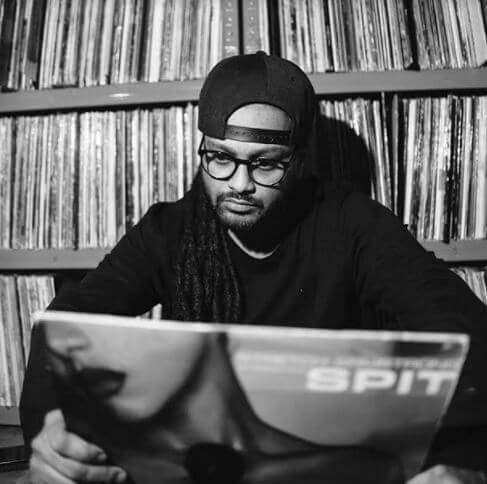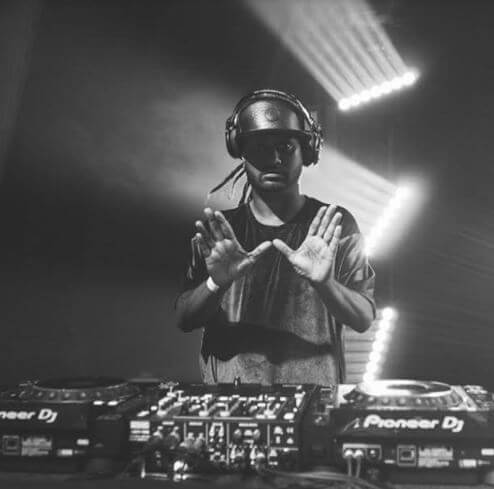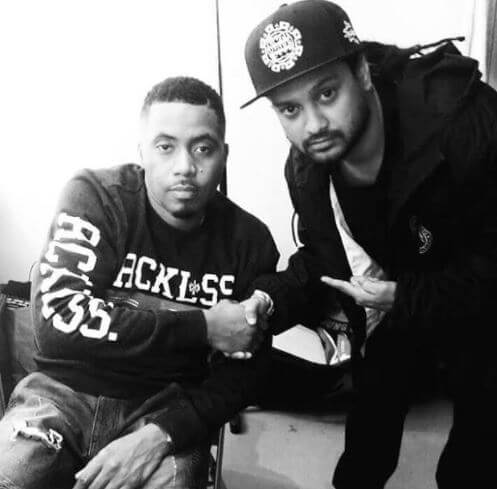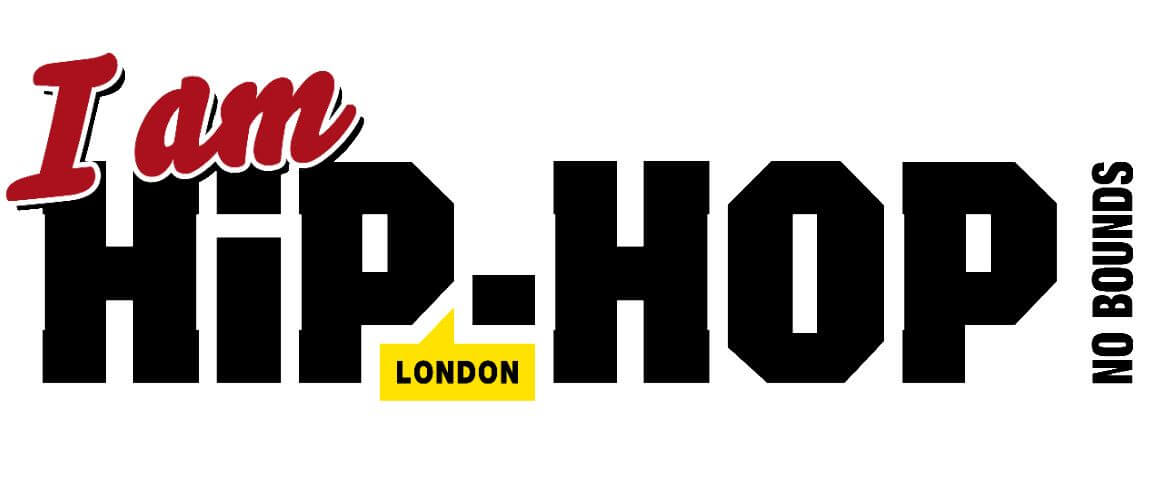 I am an unapologetic lover of hip hop or rap music. It is just one other of many creative art forms developed by people of colour that has changed the world by contributing to social consciousness. As a Jamaican woman I take great pride in Jamaica’s contribution to the creation of Hip Hop. Any true lover of hip hop knows that it is credited to have originated from DJ Kool Herc, a Jamaican DJ through his “Back to School Jam”, hosted 1973, in the Bronx of New York City.
I am an unapologetic lover of hip hop or rap music. It is just one other of many creative art forms developed by people of colour that has changed the world by contributing to social consciousness. As a Jamaican woman I take great pride in Jamaica’s contribution to the creation of Hip Hop. Any true lover of hip hop knows that it is credited to have originated from DJ Kool Herc, a Jamaican DJ through his “Back to School Jam”, hosted 1973, in the Bronx of New York City.
As a little bragging aside, Jamaica is such a special little island. We are a little dot on the world map yet have contributed so incredibly to the world through art form with the development of music genre like hip hop, reggae and now, the first female and woman of African descent vice president., Kamala Harris.
I have said it once and I will say it again, Jamaica, we likkle but we tallawah! For anyone who may be unfamiliar with the phrase, it is a popular patois proverb that translates to “we are a small nation, but we are strong-willed and determined.”
Anyhow, I digress.
Musical elements anticipating hip hop music have been identified in blues jazz and rhythm and blues recordings from the 1950s and earlier. Historically, Hip hop as music and culture formed during the 1970s in New York City from the multicultural exchange between African-American youth from the United States and young from other countries, specifically countries in the Caribbean.
Crossly Scott in his paper “Metaphorical Conceptions in Hip-Hop Music,” states that hip hop music in its infancy was an outlet and a voice for the disenfranchised youth of marginalized backgrounds and low-income areas as hip hop culture reflected the social, economic and political realities of their lives. Many of the people who helped establish hip hop culture, including DJ Kool Herc, DJ Disco Wiz were of Latin American or Caribbean origin.
It is important for us to remember the true origins of hip hop. It was a genre providing a voice to the voiceless. Specifically, rap music was a voice to disempowered people of colour who were suffering from the economic, social and racial inequalities built into the system, stemming ultimately from slavery. Classic hip hop contains all the traits of advocacy against injustice, overcoming the adversity of incredible hardships and inequalities. This is indicated in classic hip hop songs like Gang Starr’s Moment of Truth, Tupac’s Changes. Classic rap music has been a source of upliftment for the disenfranchised, a warning of what can befall you if you hang with the wrong crowd. This is indicated in songs like Nas’s I Can. I Can, is probably one of the most inspirational hip hop anthems developed in modern times and even samples traditional classical music with the use of Beethoven’s Fur Elise throughout the track.
Classic Hip Hop also indicated the brilliance of just plain old clever wordplay, poetry, impactful and profound storytelling. Personally speaking, one of the greatest songs, hip hop or otherwise for me is Slick Rick’s Children’s Story. Children’s Story is a musical novel, with a protagonist, pace, tension, conflict. Any and every literary device you can think of is in Children’s Story!
In Nas’s record, Nas is Like, he showcases the brilliance of his lyrical versatility. The production of Nas Is Like also features heavily classic hip hop with the use of scratching.
Nowadays critics of hip hop dismiss the genre for its sexist or misogynistic lyrics. Many argue that hip hop has evolved from its true origin of advocacy for social justice and upliftment of the disenfranchised into a genre that is overly occupied with objectifying women and lavish lifestyles.

As you can see from the history of hip hop, DJs have played an instrumental role in the creation of the genre. London DJ, IAMDJRD, seeks to revive the genre with productions that embody hip hop in its classic form while adding his own personal modern twist.
IAMDJRD has worked with hip hop legends such as Nas, Run DMC, Slick Rick, Talib Kweli, Redman & Method Man, DJ Yella of N.W.A, Busta Rhymes as well as Caribbean greats like Damien “Jr Gong” Marley and Gyptian.
In his new records Possessed (linked in the tile here) and Living and Dying (above) he teams of with artist Larynx to incorporate classic hip hop sound and lyricism. He agreed to speak with www.howeoneearth.blog on his background, production process and what is missing in today’s hip hop.
HOWEONEARTH.BLOG Q & A
How is it you got into music, what is your background regarding music?
IAMDJRD “I always had a thing for music from a very young age. Then when I turned 16, I start DJ-ing for house parties etc. As soon as I turned 16, I started working as a radio DJ. Then, I decided to chase the dream [of becoming a DJ] and do it professionally. My DJ/producing work got known around the UK university student scene. [The university scene] got me the access to showcase my talent to students around the world. After a while I got offered to spin for record companies to break new records to clubs. [I began touring] with American artists [on their] tours as [an] opening act. [I] work[ed] my way up to opening for rap legends and my favourite artist Nas for his Life is Good Tour. [I was the] DJ for Nas & Damian Marley’s Distant Relatives Concert after parties. Then I became a member of WU Tang Clans “WU DJ Coalition.” [I] continued to support artists such as Redman & Method Man, Busta Rhymes, Tyga and Talib Kweli. Now with the relationship I have in the industry I work as A&R for many labels/artists. Working with many great artists I learned a lot. I have received especially great advice from Raekwon and Talib Kweli. Now we are putting our energy in our art.”
Could you describe the production/instrumentation of some of your music like “Possessed” and “Living and Dying?”
IAMDJRD: “Yes, I produce all my tracks. Living & Dying is a 5 year old song that we recorded while on tour with Talib Kweli. I used a MPC to make the beat. One beat I played to Niko and Larynx on tour, they liked the beat and ended up recording the song in the hotel room with Talib Kweli engineer. I have to shout out to Talib Kweli for always supporting 100%”
The beat on “Possessed” is quite somber and thoughtful. Could you describe why you sought to create this kind of sound?
IAMDJRD: “[For Possessed] I want[ed] [the] beat to be very thought provoking and bring a little bit of a jazz vibe to it. I always try to create art without what’s popping right now. Especially artist like Larynx who can do better on beats like this I thought.
I laid the drums and started working on the rest of the production on “Possessed.” I had Larynx in the studio and my session piano player Zoe Alexandria to try some sounds and after the session, doing vocals. We did the final arrangements in LA with my engineer “Csik.”
There is a lyric in your new song Possessed feat Larynx that says “…just the beginning, our story’s not over…older wiser instinctive sharp…leaving a distinctive mark.” Is it important for you to leave behind a distinctive legacy?
IAMDJRD: “Me and the artist I [am] working closely [with] for us, we doing it to leave a distinctive legacy for sure.”
As a DJ who or what inspires you to create the instrumentals that you make?
“I create art and do my part for hip-hop. We are trying to give messages and do meaningful music.”
Possessed seems to have an older hip-hop legend feel, do you intentionally go for that old school hip hop nostalgia in your productions?
IAMDJRD: That is what missing out big time in the game. Right now, so much disrespect to females or [rappers] always lie about [their] lifestyle. [Hip-hop has become] about beef, cars and bling or about some stupid area codes.
In our music we talk about all this but never say we live this life as we don’t. Obviously, we have our past in the streets however we grow and elevate from all that to do what we do now.
Ultimately, yes that’s my sound, golden era [of hip-hop] style, boom bap with [a] modern twist I would say. Boom bap is a music production style that was prominent in the East Coast during the mid-1980s to the early 1990s. The term “boom bap” is an onomatopoeia that represents the sounds used for the bass (kick) drum and snare drum, respectively.
Yes, one thing I noticed with your music is the lack of non-misogynistic lyricism, which I and I believe many current day critics of rap music would appreciate. What do you think about what critics point out is a problem with Hip-Hop/rap music, ie, the often sexist and/or misogynistic lyrics towards women?
IAMDJRD: “We don’t support that. I don’t even work with artists if they are not on the same tip.”
Which era of hip hop would you say produced the best conscious music and what do you think about the use of hip hop in Broadway musicals like Hamilton for example?
IAMDJRD: “Well the best [hip hop music] was done in the 90s for me, even the early 2000s. Then shit went down the hill. I blame the record labels and radio stations for this. Both [the record labels and radio stations] lack on promoting the real art. They start[ed] chasing the money.
It’s great, hip-hop being used on Broadway it’s major win for the hip-hop culture.”
What was it like working with rap legends like Nas (photographed with below) and Slick Rick?
IAMDJRD: “Working with Nas and Slick Rick was [a] blessing from [the] most high. As a DJ and fan of the culture it’s one of my favourite moments and it was a great experience.”

Where can people find your music and connect with you?
IAMDJRD: “I am on all social media. Facebook: IAMDJRD, Instagram: @iamdjrd”
Special thanks to IAMDJRD for participating in the www.howeoneearth.blog Q & A session!
You can buy or stream his new single Possessed featuring Larynx on all platforms by following the link! Give a listen above to IAMDJRD’S single Living and Dying featuring Larynx and Niko Is.
Connect with IAMDJRD on Instagram for more photographs! All photographs were taken from his Instagram page. You can also connect with me, Nadia @nadianhowe on Instagram.
Latest posts by Noelle Bird (see all)
- INTERVIEW | I AM DJ RD REVIVES CLASSIC HIP HOP WIITH A MODERN TWIST — November 26, 2020
